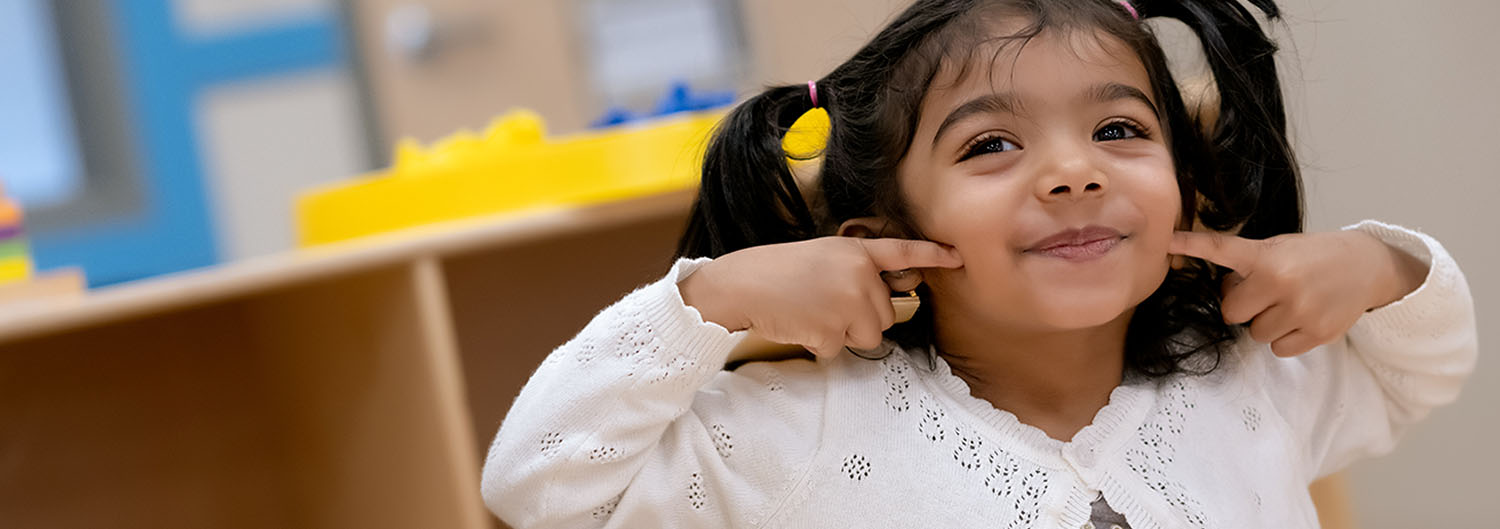- View All
- Topics
- Search
Topics
Blog Archive
-
2024 (18)
- August (3)
- July (3)
- June (2)
- May (2)
- April (2)
- March (2)
- February (2)
- January (2)
-
2023 (15)
- December (2)
- November (2)
- October (2)
- September (1)
- August (1)
- July (1)
- June (1)
- May (1)
- April (1)
- March (1)
- February (1)
- January (1)
-
2022 (13)
- December (1)
- November (1)
- October (1)
- September (1)
- August (2)
- July (1)
- June (1)
- May (1)
- April (1)
- March (1)
- February (1)
- January (1)
-
2021 (15)
- December (1)
- November (1)
- October (1)
- September (2)
- August (1)
- June (1)
- May (2)
- April (1)
- March (2)
- February (2)
- January (1)
-
2020 (11)
- December (1)
- October (2)
- September (1)
- August (1)
- July (1)
- May (2)
- March (1)
- February (1)
- January (1)
-
2019 (12)
- December (1)
- November (1)
- October (1)
- September (1)
- August (1)
- July (1)
- May (2)
- April (1)
- March (1)
- February (1)
- January (1)
-
2018 (12)
- December (1)
- November (1)
- October (1)
- September (1)
- August (1)
- July (1)
- June (1)
- May (1)
- April (1)
- March (1)
- February (1)
- January (1)
-
2017 (12)
- December (1)
- November (1)
- October (1)
- September (1)
- August (1)
- July (1)
- June (1)
- May (1)
- April (1)
- March (1)
- February (1)
- January (1)
-
2016 (12)
- December (1)
- November (1)
- October (1)
- September (1)
- August (1)
- July (1)
- June (1)
- May (1)
- April (1)
- March (1)
- February (1)
- January (1)
-
2015 (12)
- December (1)
- November (1)
- October (1)
- September (1)
- August (1)
- July (1)
- June (1)
- May (1)
- April (1)
- March (1)
- February (1)
- January (1)
-
2014 (6)
- December (1)
- November (1)
- October (1)
- September (1)
- May (1)
- April (1)




Learning Through the Joy of Cooking
As he is exposed to new foods and food preparation, he will begin to feel more comfortable in the kitchen, while building healthy eating habits. Along with habits of self-help and good nutrition, children learn so much more from cooking, including important academic, social and physical skills.
Our teachers integrate cooking activities into many aspects of our Links to Learning curriculum. After reading “Stone Soup,” for example, teachers ask students to bring in different vegetables to make their own Stone Soup in the classroom. Other hands-on activities include taste testing different vegetables, blending fruits to make healthy smoothies, measuring ingredients, and practicing pouring liquids into containers.
Below are some fun cooking activities you can do with your child to connect learning at school to learning at home.
Math:
Cooking is a fun way for children to learn and practice basic math skills, such as counting, measuring and using sequence words. While making breakfast, ask your child to count eggs as you crack them or count pancakes on a plate. Older preschoolers can help pour the pancake batter into a measuring cup. Afterward, ask him to recall the steps you took to make the meal. Listen for words like “first,” “second,” and “next.”
Literacy:
When children assist in the kitchen, they practice listening skills and learn new vocabulary words such as “mix,” “blend,” and “roll.” Read a recipe aloud with your child, pointing to the words as you read. Then, ask him to help you complete each step. Say, “First, we have to mix together the sugar and butter. Can you help me mix?” or “Now, we have to roll the cookie dough into balls. Can you help me roll the dough?”
Multi-Sensory:
We all know the familiar battle of trying to get our children to eat a variety of fruits and vegetables, and branch out beyond favorites like macaroni and cheese and chicken nuggets. One way to solve this problem is by making healthy snacks with your child, for example, a vegetable boat with dip. Together, scoop out the inside of a pepper and fill it with hummus or yogurt dip. Serve with baby carrots, celery and broccoli. He’ll be exposed to new sights, smells and textures as he helps retrieve, wash and dip the ingredients. In many instances, he’ll want to taste the food he helped prepare!
Physical:
Cooking helps develop important fine motor skills, including hand strength and coordination. Give your child plastic cooking utensils, such as spoons and spatulas, along with a large bowl filled with bite-sized pieces of fruit. Ask him to help make a fruit salad by using the utensils to mix the fruit together. Choose utensils with different sized handles, so he learns how to grasp and hold objects in various ways.
Social-Emotional:
When children follow recipes, they build confidence, a sense of pride, independence, and problem solving skills. Depending on your child’s age, ask him to help bake cookies by following one-, two-, or multi-step directions. Afterward, name the dish after your child and announce it to your family before serving. For example, say, “Tonight for dessert, we’re having Andrew’s Scrumptious Sugar Cookies!”